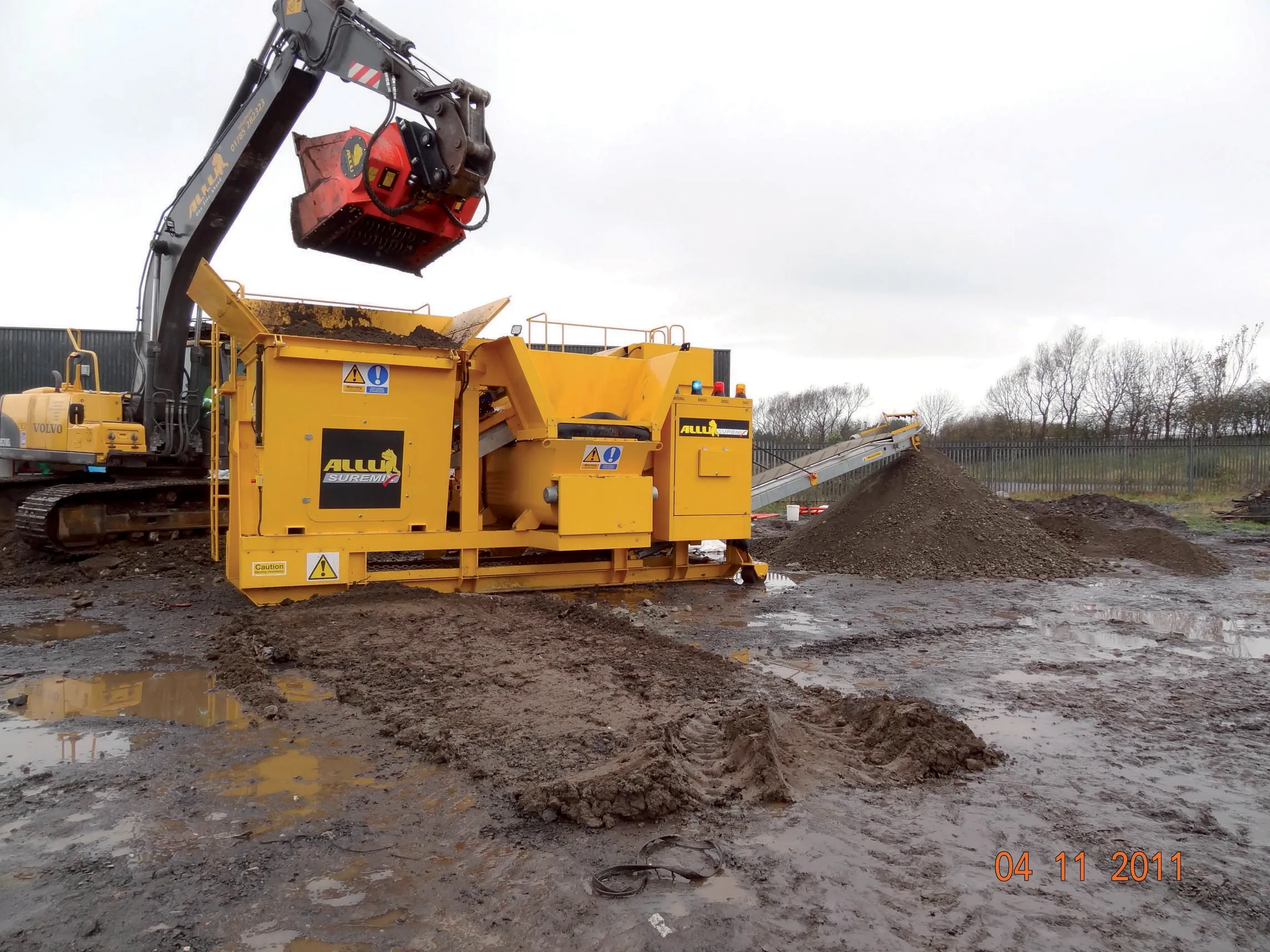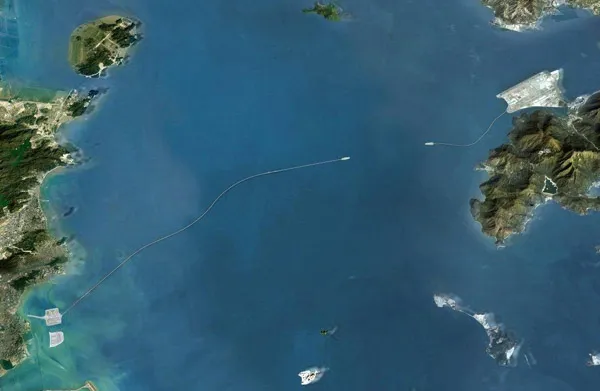In response to the need to improve traffic and safety conditions caused by population growth, increased cargo container volume at the ports of Los Angeles and Long Beach, increasing traffic volumes and an aging infrastructure, Metro and its project partners are preparing to make improvements to the I-710 corridor between SR 60 and the ports.
HDR will provide comprehensive utility relocation strategy and advance planning studies for the segment of the I-710 corridor that stretches from north of the Los Angeles River to the SR 60 freeway. The company’s work includes complex geometric design for a six-mile segment of the planned freight corridor, analysis of river hydraulics and relocation strategies for high-voltage electrical transmission lines in the highly constrained Los Angeles River corridor.








